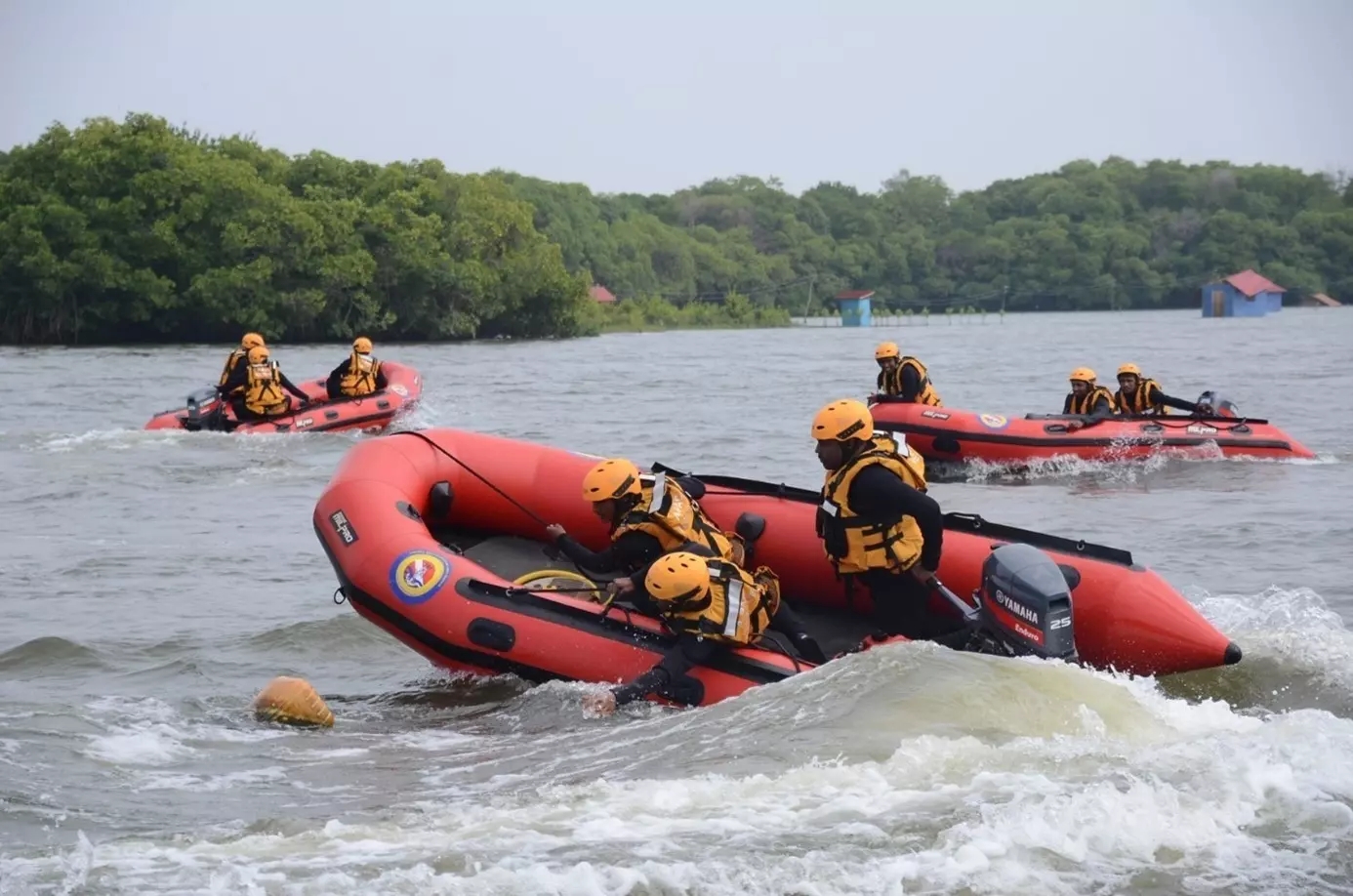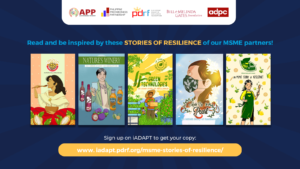Wildfires, floods, earthquakes, volcanic eruptions, hurricanes, drought, famine, conflict – no matter where you live or what your socioeconomic status, in today’s world the odds are you’ll face not just one, but multiple crises in your lifetime. Such experiences won’t just affect you as an individual, but your livelihood and community as well. If you’re a business leader, this is a threat – and an opportunity, to support your employees and community while improving the crisis resilience of your business. And that is the case, no matter what sector you operate in, and whether at a national or small business level.
For business owners, the threat is clear: Your employees and supply chain will be affected when crisis strikes, and your operations put in jeopardy. The good news is that tools exist to mitigate the impact of most crises through the development and implementation of a business continuity plan.
The opportunity is less obvious, but becoming more and more relevant worldwide: As a business, through your unique expertise and resources, and as part of the communities in which you are based and have links to, you can become a key partner in disaster management. You are an integral part of the fabric of the community, and as such, can contribute to its crisis resilience.
In Vanuatu, after Tropical Cyclone Harold in 2020, telecom companies were critical to getting communications back up and running to enable assessments as well as a coordinated response.
Behind the scenes of every crisis, however, every sector is needed for an efficient response and recovery – and preparation for future events. This only works if it’s done in partnership with governments and UN entities leading on the humanitarian response, to avoid duplication of efforts and inefficiencies.

Crisis resilience is imperative as the economic impact of global disasters is rising. Image: 2021 Disaster in Numbers
Unusual suspects: Why every sector matters
If you think of disasters, does education come to mind as a key sector to collaborate with for resilient societies? What about agriculture, banking or even logistics companies?
The OCHA-UNDP-supported Connecting Business initiative (CBi) works with private sector networks in some of the world’s most at-risk countries and regions, engaging local businesses before, during and after crises.
In Haiti, Peru and Sri Lanka, to name but three examples, CBi Member Networks such as Hombro a Hombro are connecting with schools and communities to foster a culture of preparedness where children and families learn enough about disaster risk reduction and management – through earthquake simulations or lightning strike exercises – to adopt new and potentially life-saving habits.
The Asia-Pacific Alliance for Disaster Management Sri Lanka offers swift water search and rescue training, using boats provided by a tourism company whose employees are among the volunteer participants.
In Turkiye, TÜRKONFED carried out two studies to identify the critical sectors for Istanbul should a major earthquake strike the capital. They then worked with their members to identify sector-specific vulnerabilities, priorities and risk scenarios to improve preparedness and foster crisis resilience.
A greater whole through collaboration for building crisis resilience
When it comes to disaster risk reduction and management, different elements add up to a much greater whole than what a mathematical approach would suggest. That’s because systemic coordination unlocks greater added value than parallel actions. When a disaster strikes, a bank with a contingency plan that includes activating an employee phone tree, for example, will not get very far if telco companies aren’t acting fast to get communications back up and running.
After an event, reinstating power, water, phone services takes time and resources – and is one of myriad ways in which the private sector can make a big difference.
That’s why an overarching disaster management plan that integrates the private sector enables a better-prepared and easier-to-implement response and recovery for when a disaster strikes.
Take for example Haiti, and how the Alliance pour la Gestion des Risques et la Continuité des Activités (AGERCA), a CBi Member Network, carries out evacuation exercises with its members, and organized sector-specific forums to engage with banking and finance, the education sector, and industrial and textile companies.
In the Philippines, the Philippine Disaster Resilience Foundation (PDRF) works with the Bank of the Philippines Foundation and others through two main approaches: first, employee volunteerism, and second, support for PDRF activities overall, as well as specific projects that resonate with them as an organization. That includes offering financial literacy and business-development programmes to underserved communities.
The power of partnership
Public-private partnerships can harness combined abilities and resources, too. In Vanuatu, CBi Member Network the Vanuatu Business Resilience Council (VBRC) worked with Oxfam on a blockchain cash transfer programme. Working with a local accounting firm, the initiative provided “e-voucher cards” to participants, giving them access to funds so they could better rebuild and recover after Tropical Cyclone Harold hit the islands.
But the engagement of the private sector in disasters isn’t just about financial contributions. In-kind contributions, when done right – for example, the way logistics giant Kuehne+Nagel supported the response to the war in Ukraine – it can save lives.
The bottom line is that extreme weather events and other crises don’t discriminate. As a business leader, the question should not be if but how you will step up and be part of the solution, fostering crisis resilience from your employees to their families, communities, and the country or countries where you operate.
In today’s world, long-term initiatives under the umbrella of environmental, social, and governance (ESG) investing and corporate social responsibility (CSR) are important. However, this cannot replace a more immediate and practical approach to preparing for, responding to and recovering from disasters. Even if it wasn’t part of your license to operate, it’s good business.
To learn more about how you can get involved in disaster preparedness, response and recovery, and for additional resources related to conflict, gender and more, visit the CBi website.
Article by Kareem Elbayar | World Economic Forum



